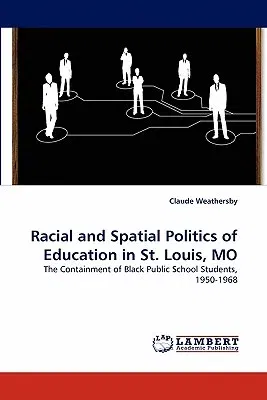Claude Weathersby
(Author)Racial and Spatial Politics of Education in St. Louis, MoPaperback, 3 May 2011

Qty
1
Turbo
Ships in 2 - 3 days
In Stock
Free Delivery
Cash on Delivery
15 Days
Free Returns
Secure Checkout
Print Length
216 pages
Language
English
Publisher
LAP Lambert Academic Publishing
Date Published
3 May 2011
ISBN-10
3844334599
ISBN-13
9783844334593
Description
Product Details
Author:
Book Format:
Paperback
Country of Origin:
US
Date Published:
3 May 2011
Dimensions:
22.86 x
15.24 x
1.24 cm
ISBN-10:
3844334599
ISBN-13:
9783844334593
Language:
English
Location:
Saarbrucken
Pages:
216
Publisher:
Weight:
322.05 gm

